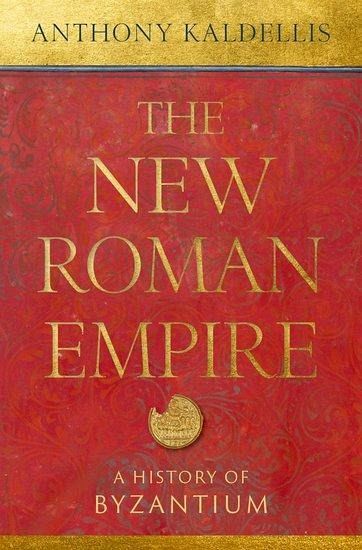
The New Roman Empire
A History of Byzantium

PAYBACK Punkte
20 °P sammeln!
A major new history of the eastern Roman Empire, from Constantine to 1453. In recent decades, the study of the Eastern Roman Empire, also known as Byzantium, has been revolutionized by new approaches and more sophisticated models for how its society and state operated. No longer looked upon as a pale facsimile of classical Rome, Byzantium is now considered a vigorous state of its own, inheritor of many of Rome's features, and a vital node in the first truly globalized world. The New Roman Empire is the first full, single-author history of the eastern Roman empire to appear in over a generation...
A major new history of the eastern Roman Empire, from Constantine to 1453. In recent decades, the study of the Eastern Roman Empire, also known as Byzantium, has been revolutionized by new approaches and more sophisticated models for how its society and state operated. No longer looked upon as a pale facsimile of classical Rome, Byzantium is now considered a vigorous state of its own, inheritor of many of Rome's features, and a vital node in the first truly globalized world. The New Roman Empire is the first full, single-author history of the eastern Roman empire to appear in over a generation. Covering political and military history as well as all the major changes in religion, society, demography, and economy, Anthony Kaldellis's volume is divided into ten chronological sections which begin with the foundation of Constantinople in 324 AD and end with the fall of the empire to the Ottoman Turks in the fifteenth century. The book incorporates new findings, explains recent interpretive models, and presents well-known historical characters and events in a new light.



